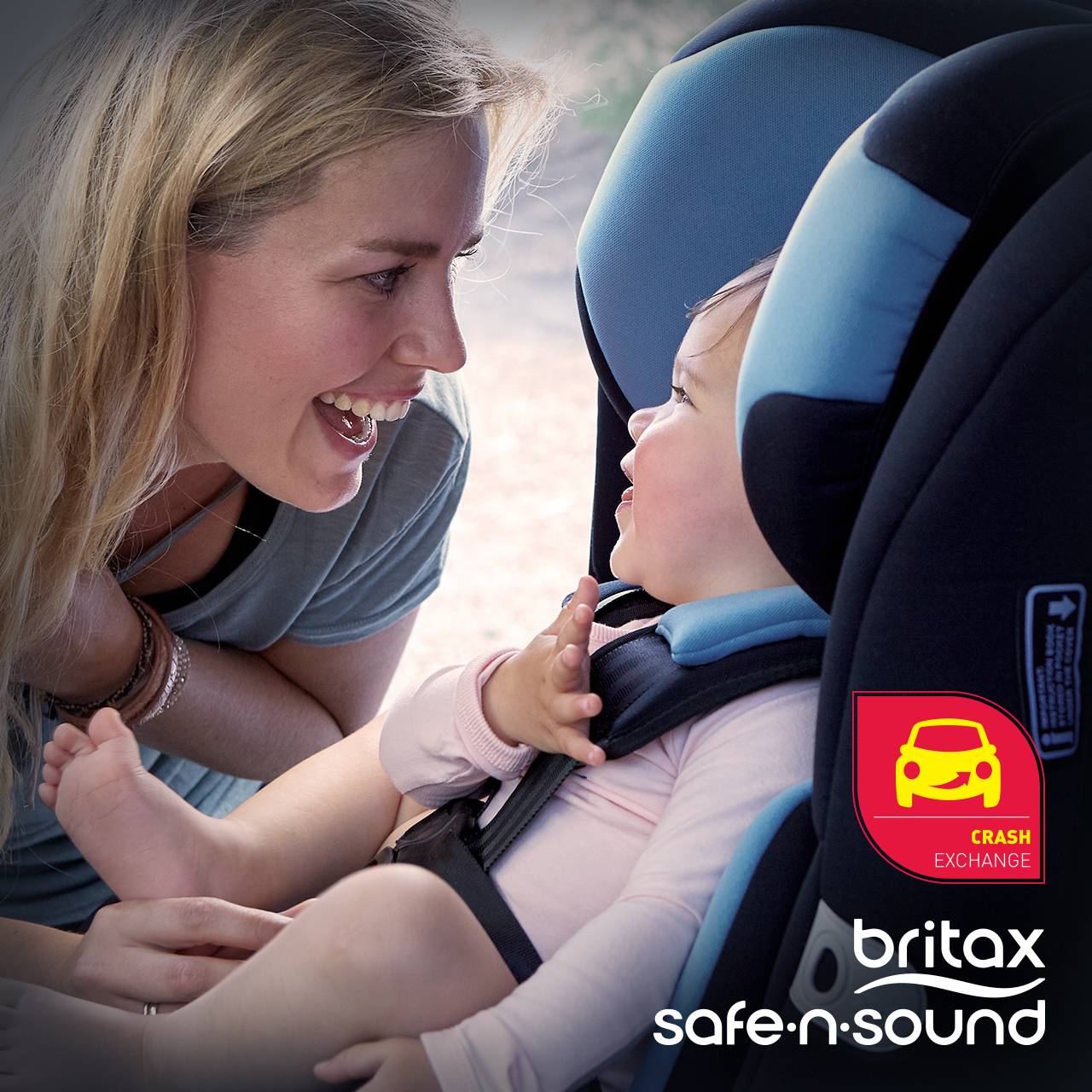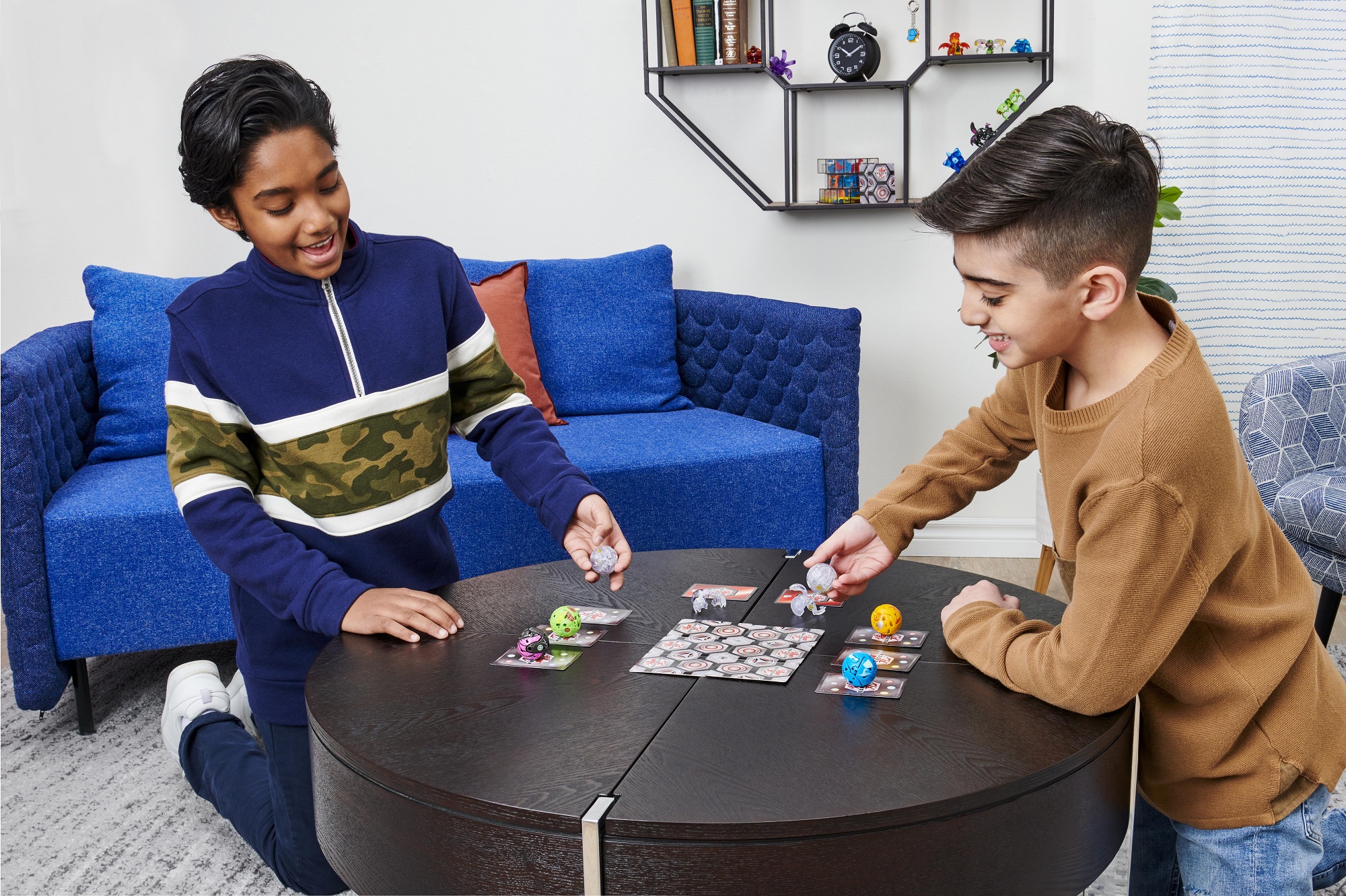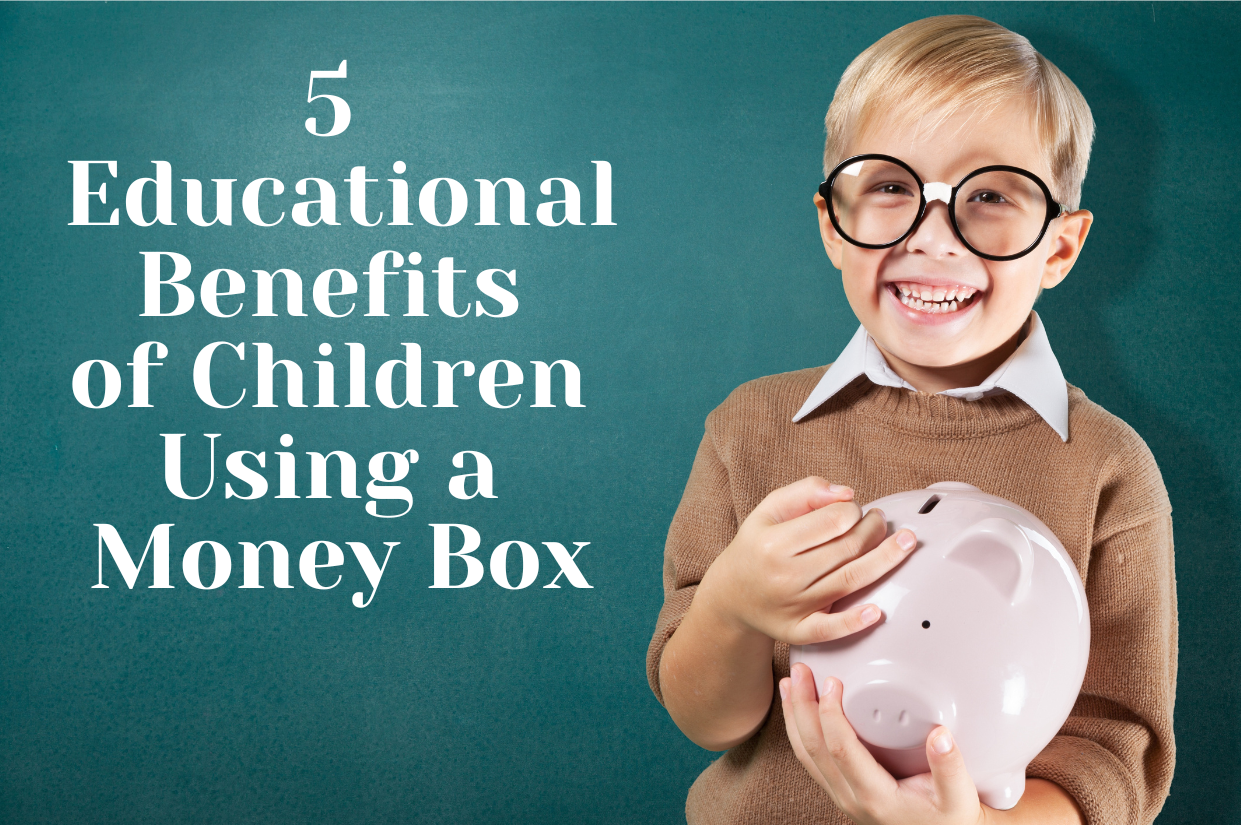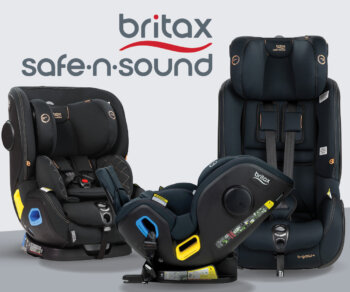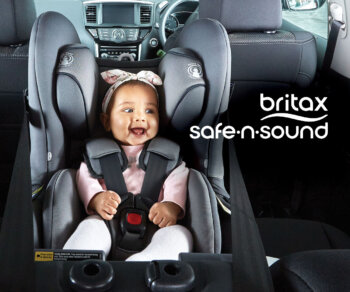Media kindly brought to you by Britax
It’s not a scenario any parent or caregiver wants to dwell on, but knowing what to expect after a possible car crash and what it means for your child’s car seat setup, is important. If a road accident were to occur, the number one priority is naturally the health of your little one(s) and family, and overcoming the trauma of the event. Attention would then turn to what needs to happen with the car seat involved, and regaining the safety and confidence to get back on the road.
In our previous articles partnering with Britax – a leader in the manufacture of trusted child restraints and travel systems – we’ve explored many aspects of car safety, including everything you need to know when buying a car seat, the do’s and don’ts when fitting your child in a car seat, and why keeping your child in a rear-facing seat for longer is safer. Britax joins us again to look at some considerations for parents and caregivers in the aftermath of a dreaded road accident, and address a question they commonly receive: ‘can I continue to use my child seat after it has been involved in a crash?’. Finally, we’ll look at how the Britax Crash can offer parents and caregivers peace of mind.
The anatomy of a collision and its risk for children (and adults)
Car accidents can befall even the most vigilant drivers, with ‘road trauma’ a leading cause of death and disabling injury among children in Australia. For something that takes a matter of seconds, car accidents involve three complex ‘crash dynamics’ that demonstrate how much is riding on the quality and rigour of a car seat or restraint to protect its occupant.
- The vehicle crash – the vehicle strikes something and comes to a complete stop. The crushing of the vehicle absorbs some of the crash forces.
- The human crash – when the vehicle comes to a stop, the human body continues to move toward the point of impact at the vehicle’s original speed. The passenger then collides with something that brings the body to a complete stop – such as the harness, seat belt, airbag, or the back of the car seat.
- The internal crash – when the occupant’s body comes to a complete stop, the internal organs are still moving forward, until striking the inside of the body.
(Source: howtosafety.com)
The intensity of the crash will largely determine how serious the situation is – from a minor bump or ‘fender bender’ to a moderate or severe impact – however the role of the car seat in minimising the internal damage to children cannot be overstated.
In the manufacture of their child car restraints, Britax employs a rigorous testing process that has yielded industry-leading technology, including their Side Impact Cushion technology (SICT™) which recognises that a collision to the side of a vehicle provides minimal distance to absorb the crash energy (compared to frontal impact), and compensates accordingly. The SICT™ Head Protection dramatically reduces force to the head through cushioning that absorbs the crash energy, while the SICT™ Torso Protection minimises the energy felt on your child’s chest and vital organs.
Furthermore, Britax’s Active Head Restraint (AHR™) features deeper side wings that shield and contain your child’s head in a side impact crash, and adjusts as your child grows. Together, these technologies work to lower and disperse the acceleration of your child following sudden impact. Raising the benchmark for car seat safety comes naturally to Britax: “We will always go far beyond what’s required and won’t stop until we’ve achieved what’s safest for your child. We treat industry standards as a minimum. We insist on going further to test our products in the toughest of real-life situations.”
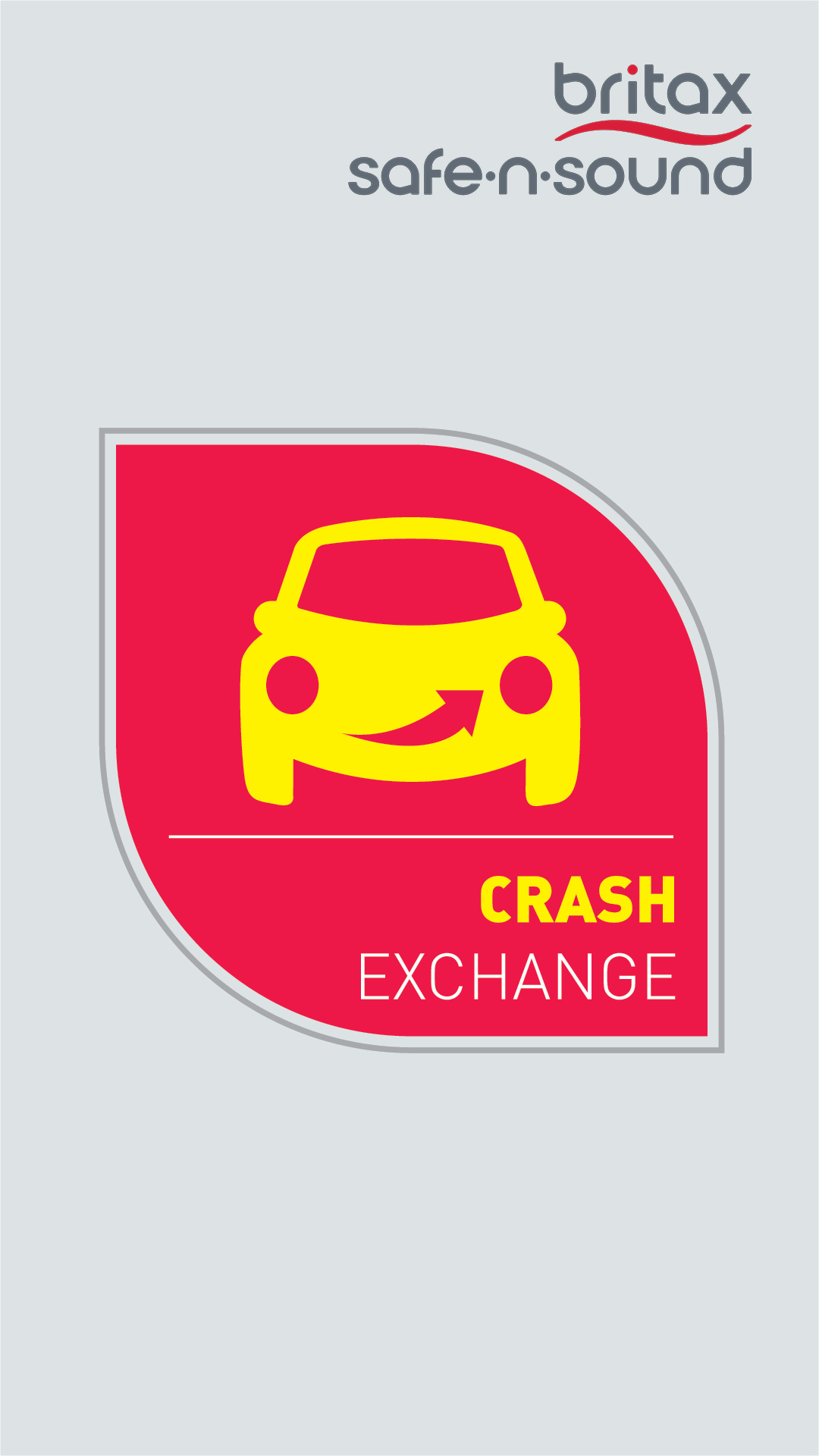
How a car seat is affected by a serious collision
Child car seats are designed to withstand supreme force during a moderate to severe car crash – just look at Australia’s stringent car seat testing requirements in accordance with the standard, AU/NZS 1754. Subject to frontal and side impact tests, car seats must bear the brunt of the crash force so that your child doesn’t have to, and the stakes couldn’t be higher: “The car seat is evaluated in term of its ability to retain the dummy’s head and torso, minimise the forward and upward motions of the dummy’s head, manage the crash energy, maintain its structural integrity, and ensure the harness buckle is still working properly after the test.”
Testing of car seats in Australia is applied up to and including the impact. Aside from obvious visual damage that would prompt you to replace it, there is no accepted method of assessing damage to the device once it has done its job in protecting your little one during a crash. Therefore, apart from retaining the seat as part of any insurance claim in which your insurer may want to assess it, Britax are emphatic in their advice: “do not use the child restraint after a severe crash. We consider a “severe crash” as being one where the main body structure of the vehicle is distorted.”
In fact, even if the seat was not occupied by your child at the time of a crash and you’re counting your lucky stars, the seat’s structural integrity could still be compromised. The sheer force of a crash may very well have interfered with the restraint’s ability to work as intended, and it’s simply not worth the risk of the device failing in a subsequent collision.
The benefits of the Britax Crash Exchange Program
Having shed more light on the mechanisms around a crash and a car seat’s role in your child’s safety, it’s important for parents to feel confident in their purchase of a car seat, and feel supported in the aftermath of a car crash. Once the safety and health of your family is assured, a replacement car seat can make all the difference in reducing stress and getting you safely back on the road.
That’s why Britax established the Britax Crash Exchange Program, where eligible customers are entitled to a suitable replacement of their car seat, free of charge. It provides parents and caregivers peace of mind that should you need to retire a car seat following a serious collision, another one can be made available quickly and easily. With over X car seats sold worldwide, Britax appreciates the role they play and are always looking for ways to support their customers: “We are passionate about what we do. We know that a lot of responsibility sits on our shoulders—the responsibility of keeping your loved ones safe on the move… [and] as much as we don’t want it to happen, we like to hear that we were there for you and your child during your hour of need.”
But don’t just take their word for it – check out the many testimonials from relieved Britax customers. Dominique is one Crash Exchange Program member who is grateful for the Britax Millenia™ in keeping her son safe during their crash and the program’s fuss-free policy in helping ensure ongoing safety on the road: “Amongst all the hassle to get the car repaired, it was such a relief to be able to organise to have the seats swapped over by Britax and ensure that my children’s safety isn’t in any way compromised due to their car seat”.
And Michelle is another parent who is thankful for the Britax Crash Exchange Program: “Words cannot describe how grateful I am to have Britax Safe-n-Sound car seats for my children. No doubt, the life of my toddler was saved when our car collided with a bus at 60km/h. My phone calls to Britax have been the only ones that haven’t left me in tears and despair; in fact, they have left me feeling empowered and positive…these replacement seats have been greatly appreciated and I am so glad that the crash exchange program exists.”
To learn more about applying for the Britax Crash Exchange Program and to view their range of leading car seats, check out the Britax website.


